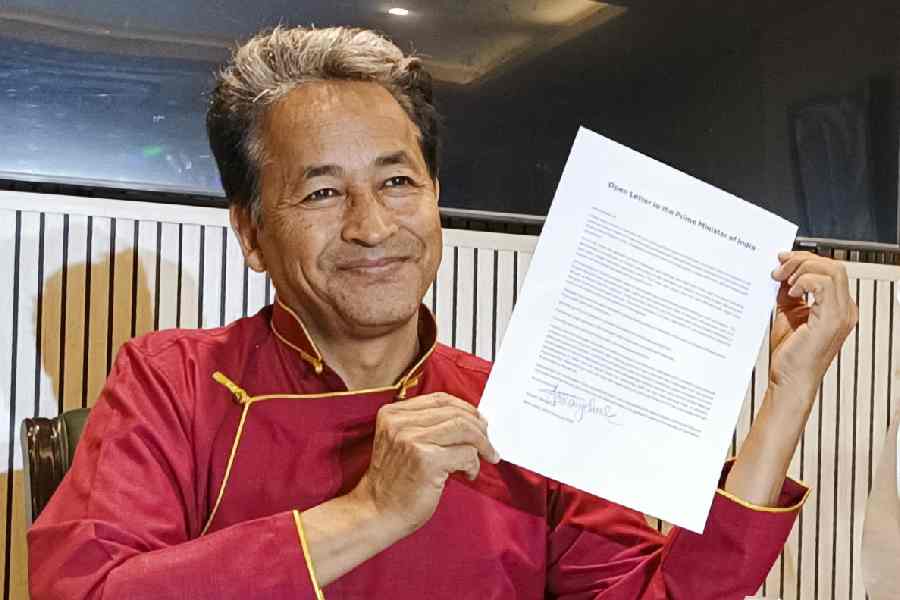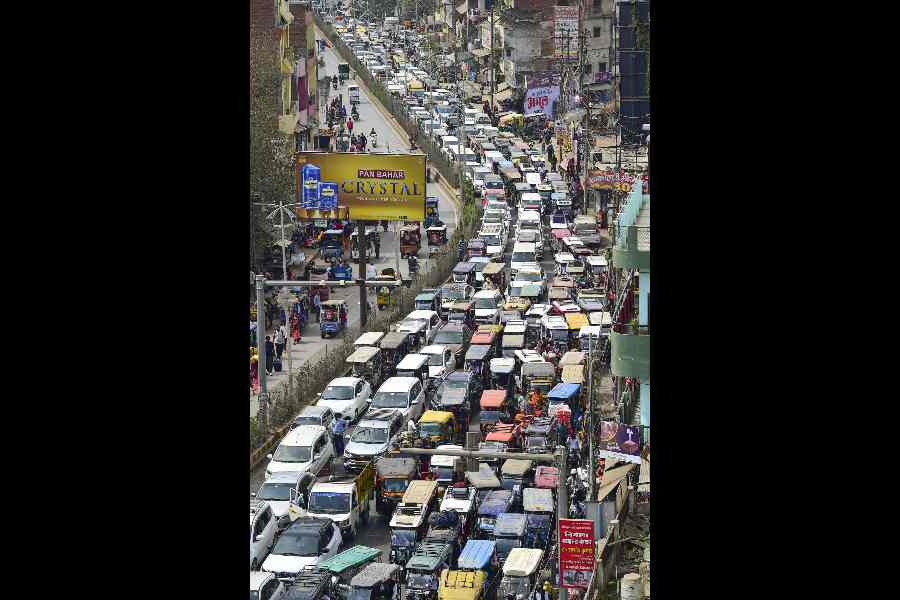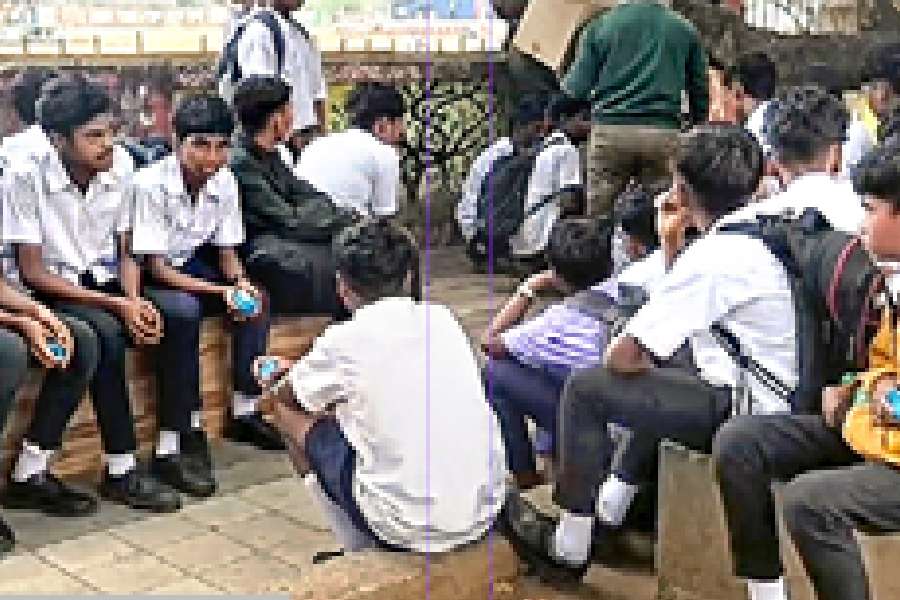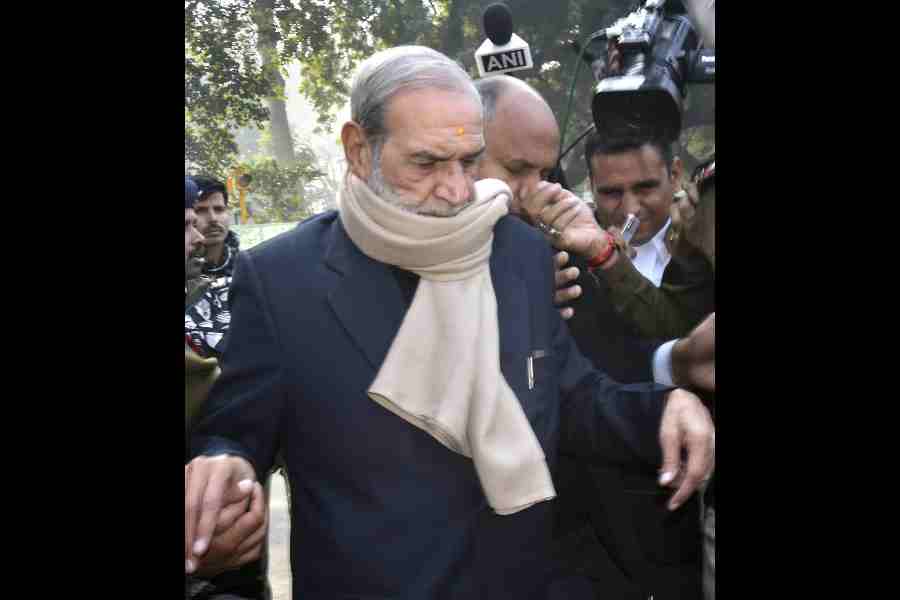With Quarantine (penned by Kaberi Basu, based on Arthur Miller’s A View from the Bridge and produced by Prachyo), Buddhadeb Das, better known for his acting, makes a stunningly impressive debut as a director, holding out a distinct promise of producing future works that should find wide acclaim. Das’ directorial genius finds full expression chiefly in two aspects of his craft — his ability to build sequences pulsating with abundant dramatic appeal and his skill in creating visuals wherein stage space, light, and set elements are used with an exceptional artistic sensibility. Mention must be made of Soumen Chakraborty’s mature light design that integrates visible and life-like light sources with theatre lights that are hidden from view. Chakraborty’s delicate and careful blending of white fluorescence with yellow incandescence creates a peculiarly haunting, dim glow that the performance demands.
Speaking of performance, Quarantine is studded with acting of a very high order, binding the audience in rapt attention. Debesh Roychowdhury (Hidayat) is a veritable powerhouse, commanding the stage with his burly presence and, yet, insinuating at key moments the subtlest of vocal and/or gestural stimuli with masterly élan. The effortless ease with which Biplab Bandyopadhyay (Alapan) slips into his character and stays put till the curtains is nothing short of a master class in acting. Chaiti Ghoshal (Mallika) overcomes an iffy opening to finally throw in some punches as the play progresses, while Suparna Das (Bimala) is a study in expressive yet contained acting, always in supreme control of all her faculties.
The surprise packages, however, are the relatively younger and lesser-known actors from the Prachyo vault — Somdutta, Karna and Subrata. Somdutta’s striking proficiency in modulation and pitch is enviable in someone so young and Karna sparkles with energy. If seizing one’s moment is a mark of a good actor, Subrata proves how good he is, grabbing a fleeting moment (lifting a sack single-handedly) to make it his own. The breaks inserted to underscore the issues of borders, cultural fault lines and so on, though handled smartly, are indeed extraneous.










